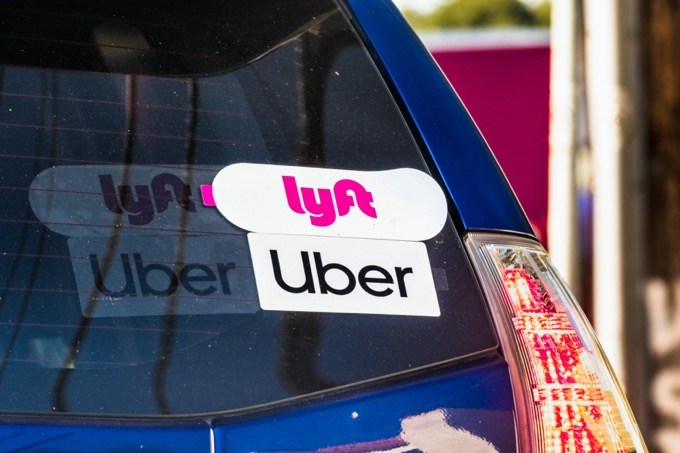If you’re new to ride-sharing, Uber is the go-to option for most people, but Lyft is definitely worth considering. In the battle of Uber vs Lyft, this article will break down the differences between the two services and help you decide which one to use.
Price
Uber and Lyft both have set fees for their rides, but the fees can vary based on time of day and demand for the service. Uber’s “Surge Pricing” can send fees soaring to seven or eight times their normal cost; this type of pricing happens most often around busy holidays such as New Year or Cinco de Mayo, when users are out drinking and unable to drive home. While Lyft also has surge pricing, their fees tend to remain lower. Of course, both services will show the price before the ride. You should always compare Uber vs Lyft to find the lowest priced option for where you want to go. While it seems obvious the two would be similar, you can find savings of $10 or more in some instances.
Subscriptions/Passes
Both Uber and Lyft have expanded beyond just ride-hailing services. Both companies offer their own version of a monthly pass, although the benefits differ between the two. Uber offers the Uber Rewards program that lets users build up points for Uber rides and UberEats orders. You can build up points to get discounts on rides and other rewards. Uber Rewards is completely free, so there’s no downside to using it. However, Uber also offers the Ride Pass for $25 per month for frequent users. The service promises to provide “protected pricing” for specific routes no matter the weather or time of day. In theory, this means you can avoid surge pricing. Ride Pass also allows free use of JUMP Bikes and scooter rides for up to 30 minutes each day. Lyft has its own version of the Ride Pass called Lyft Pink. This new service takes the place of previous services Lyft offered as is available for $20 per month. Lyft says users that call for rides at least two to three times per week will get the most benefit out of Lyft Pink. It offers 15% off all rides, priority pickup from the airport, three fee-less cancellations per month, and three free 30-minute bike and scooter rides per month. When you consider Uber vs Lyft, Lyft is slightly less expensive and offers more tangible benefits.
Safety
Neither Lyft or Uber has been free of trouble since their inception. Multiple accusations have arisen of sexual misconduct by drivers towards passengers, which led to widespread media coverage and a drop in the number of female users. Since that time, both Uber and Lyft have implemented a number of different safety features to provide riders with peace of mind. Uber is in the process of testing and implementing a feature that will auto-populate a text message with information about the make and model of the car, the intended destination, current location, and more that can be sent to authorities. All users have to do is fill in their emergency. There is also a tool that allows users to report other issues during a ride, such as bad driving or misconduct from the driver. Uber also has another feature called Verify Your Ride that will provide a four-digit app the driver will need to enter. When the driver enters the code, if it matches the one designated for that ride, the passenger will receive a text. Uber says this feature adds another layer of protection on top of verifying the license plate. Lyft has implemented many of the same features including the ability to text 911. One feature Lyft has that Uber does not is a smart “trip check-in” feature. This feature will detect if there are unexpected delays during the ride. This will pop up on the rider’s phone and ask them to tap that they arrived safely to their destination, report a problem, or request emergency assistance. Lyft also says that all drivers will be required to take a community safety education class.
Uber vs Lyft: Which Is The Better Choice?
There is no clear line between the two services. In fact, the majority of drivers work for both services and take rides based on where they are the time a request comes in. At most times of day, you will find that prices remain relatively the same between both Uber and Lyft. The difference only becomes clear during busy periods. Uber does have a leg up for international travelers, as Uber is available in roughly 70 different countries. The decision boils down to your personal preference. If you want a service with more safety features, Uber is the better choice—but if you’re looking for pricing, Lyft tends to be the better option. If you rely on ride hailing services on a day-to-day basis, Lyft has the better ride pass option. You can choose one over the other, but the best option is to download both apps and use the one that best fits your needs at a given time. Do you prefer Uber or Lyft? What are your experiences with the services? Let us know in the comments below.




